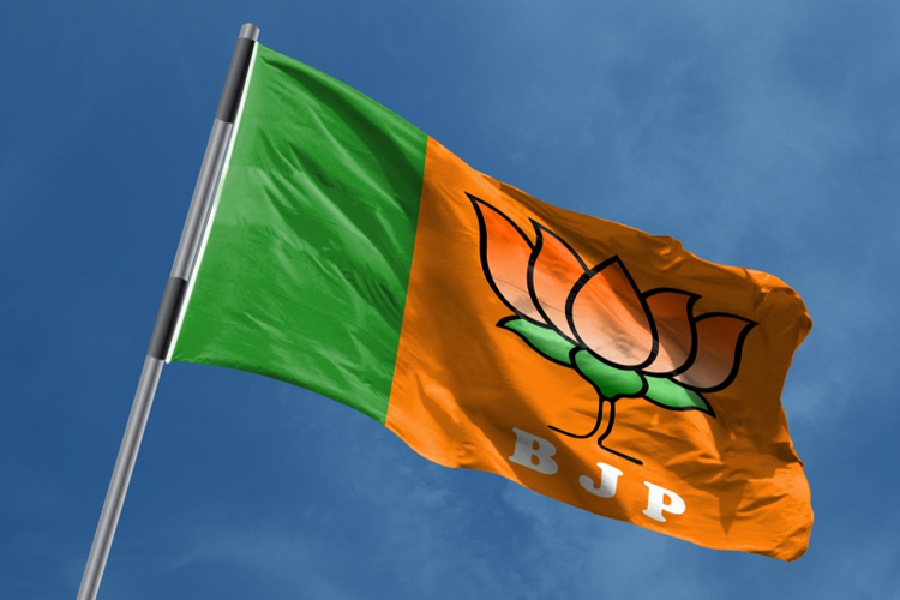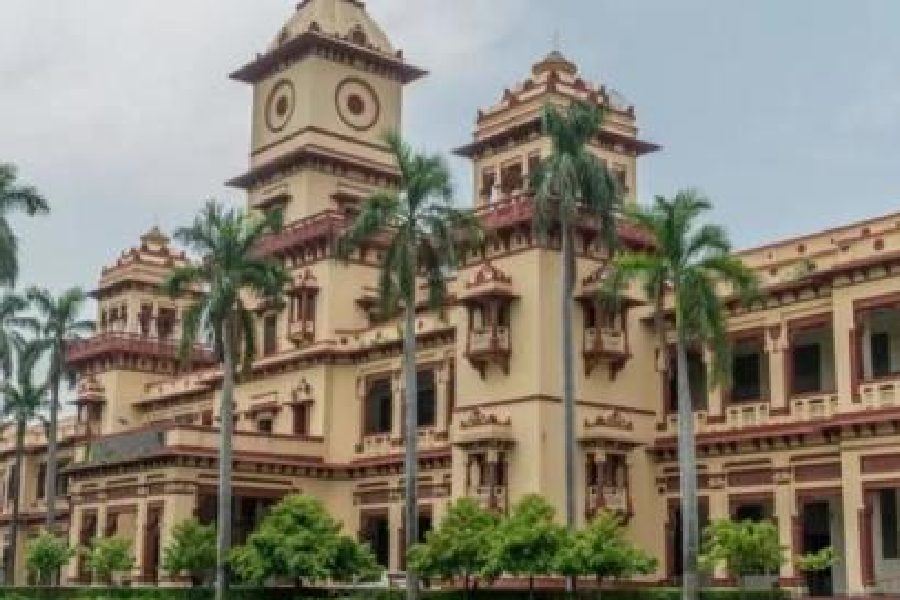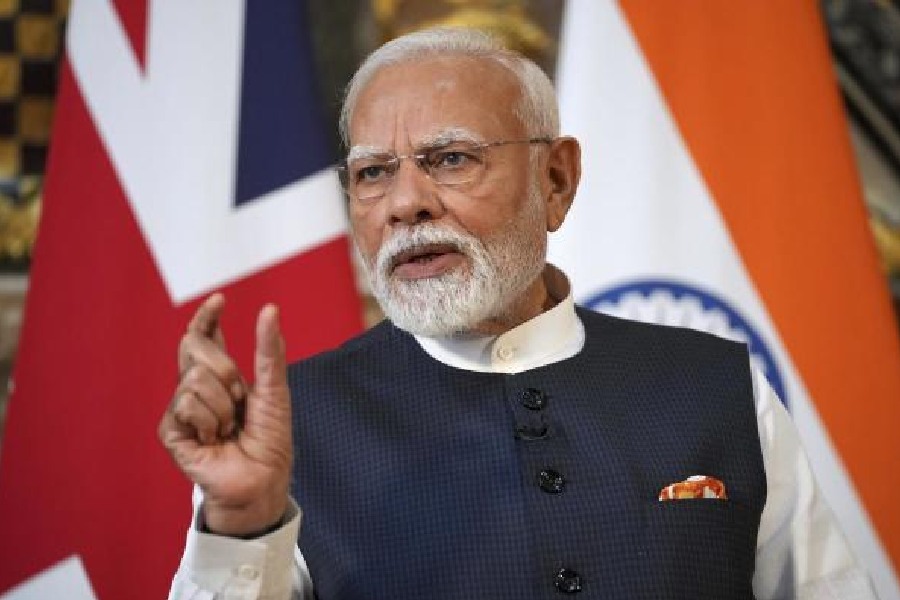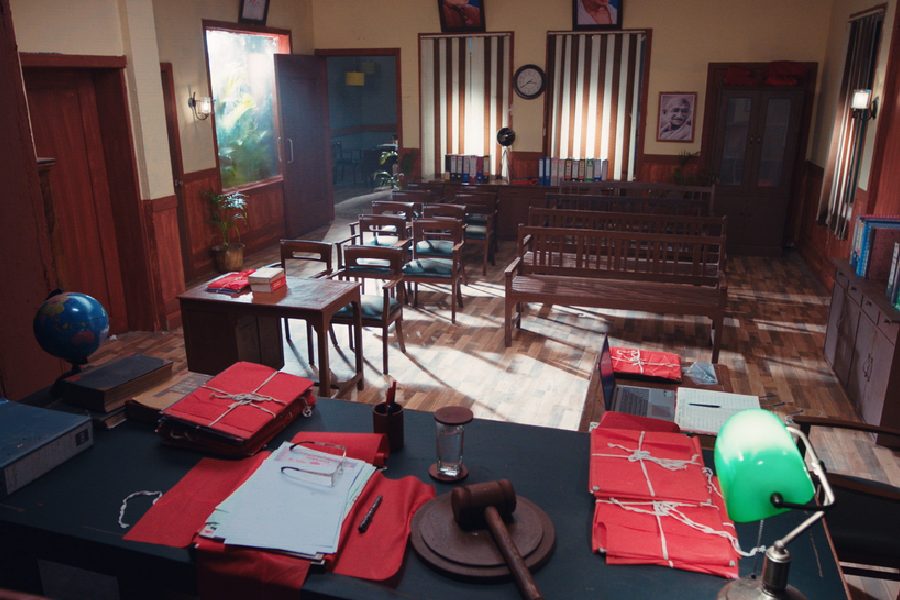Bihar aims to cover 17 per cent of its entire area with trees by the end of 2022.
After bifurcation in 2000, most of undivided Bihar's forest and green areas went to Jharkhand. It had just 9.79 per cent of its total area (94,163sqkm) with green cover out of which 6.87 per cent was notified as forest areas.
The government plans to achieve 17 per cent green cover by 2022 by planting saplings and by roping in landowners and farmers.
Bihar, one of the most densely populous states in the country, has a population density of 1,102 persons per sqkm - well above the national average of 382 (2011 census).
It is not possible to bring more areas under forests and so, the government has adopted policies to promote planting trees in different places to add to the green cover.
A senior environment and forest department official told The Telegraph that the plan was to launch an e-mandi system through its website.
It will provide farmers opting to plant trees on their land a platform to sell resultant items such as logs to customers directly. The forest department will play the role of facilitator so that the drive can bring economic gains to farmers, who otherwise don't usually know how to get optimal returns from trees or plants they grew.
Asked if such a market would not lead to fast depletion of the green cover that would be increased with this initiative, the official said: "It is not like that. Once the farmers find the trees planted beneficial, they would bring more area under plant cover. This would also encourage more farmers and landowners to take up the work."
The department aims to plant five to six crore saplings over a period of five years (2017-22) to achieve the goal of 17 per cent green cover in Bihar.
This is not for the first time such efforts are being taken. In 2012, a planting scheme was launched that gave people willing to take up the work free saplings plus an incentive of Rs 35 a plant. The incentive money was to be given three years after planting a sapling.
The scheme got an impetus in 2014 and delivered good results.
According to the latest survey report published in 2016, the green cover in the state had gone up to 12.88 per cent from 9.79 per cent in 2000. The department, however, found that those who had opted for planting trees were getting disillusioned with the project as it did not bring them economic gains. This came to the fore in a study commissioned by the environment and forest department.
"We had engaged services of Chandragupt Institute of Management, Patna, to conduct the study," said another official in the department who is closely working with the new green drive. "After we received the report, we charted a fresh strategy which would incentivise farmers and landowners to take up planting trees in a big way and help us achieve the target of bringing 17 per cent of our total area under green cover."










